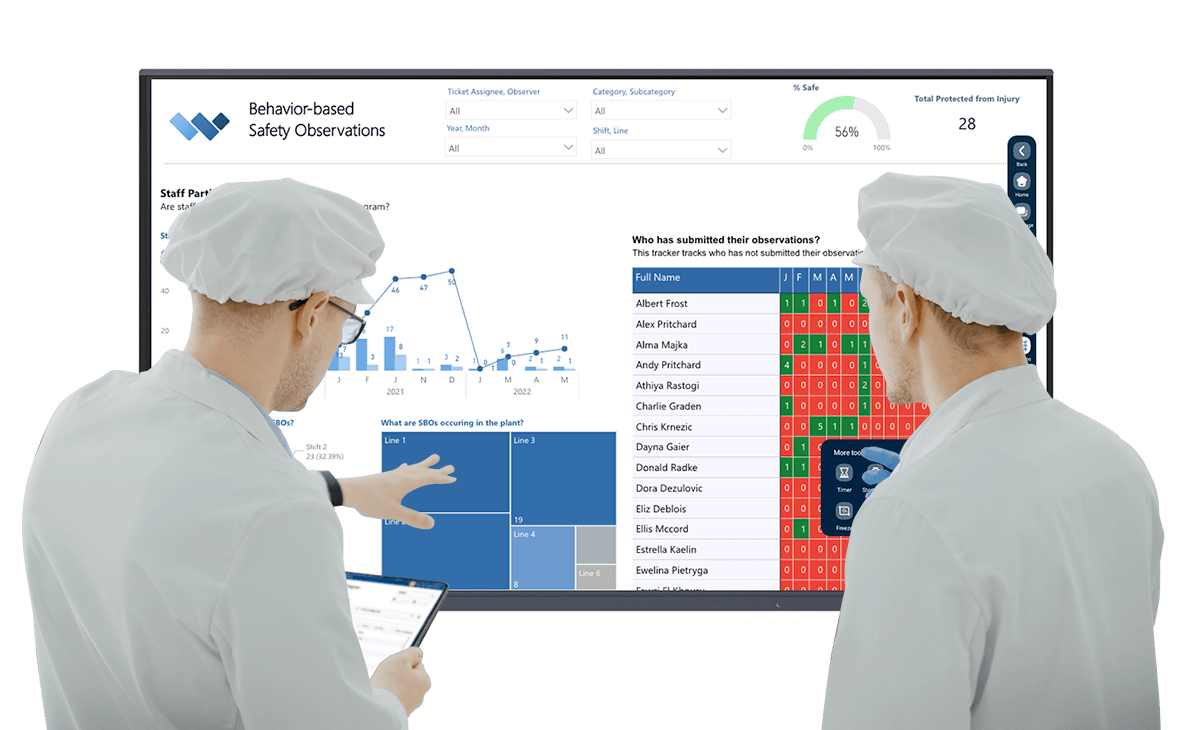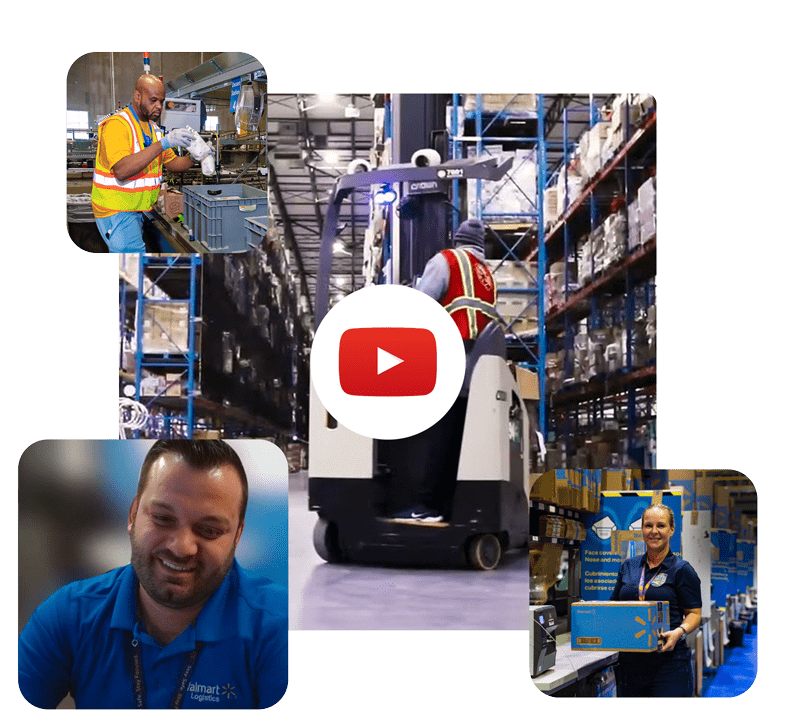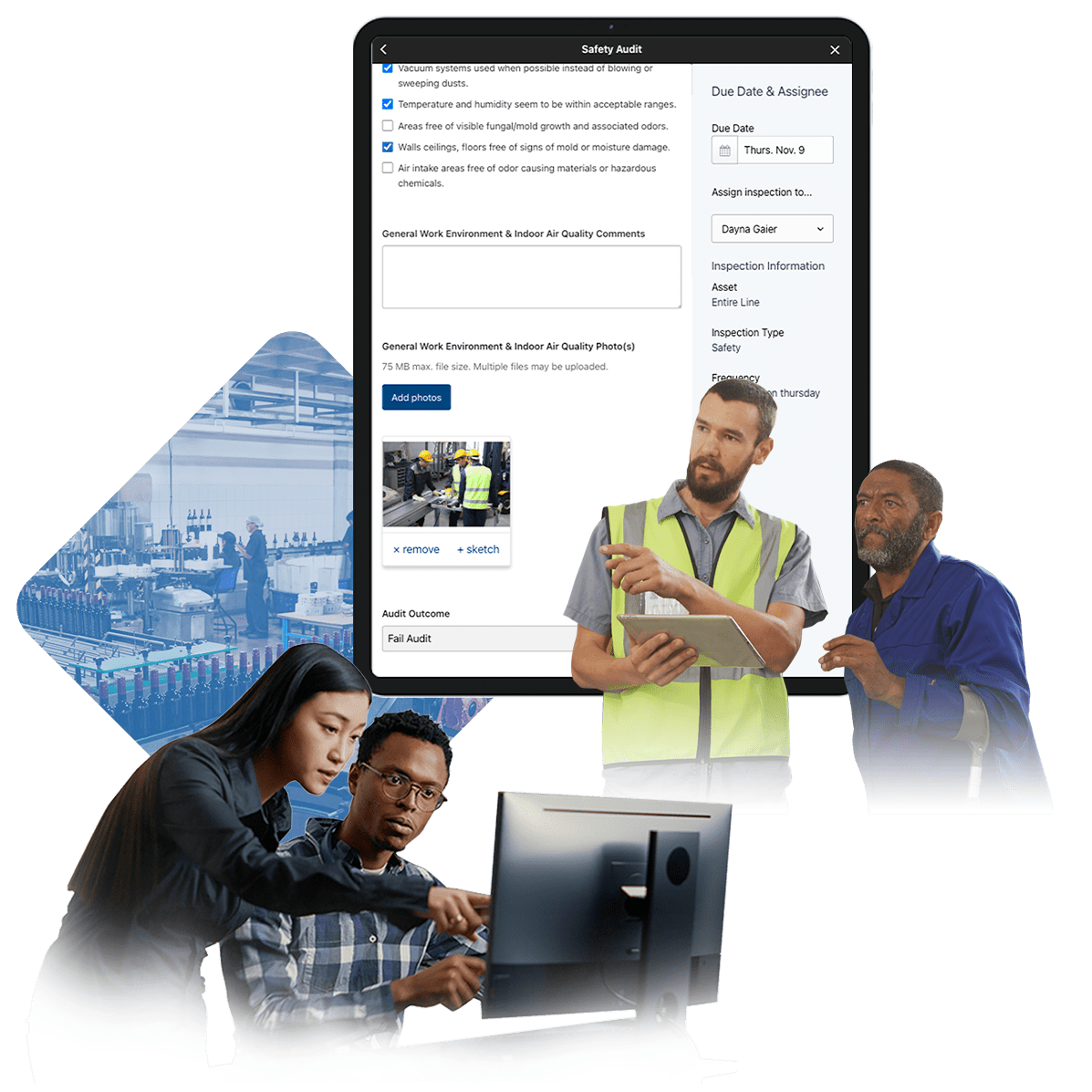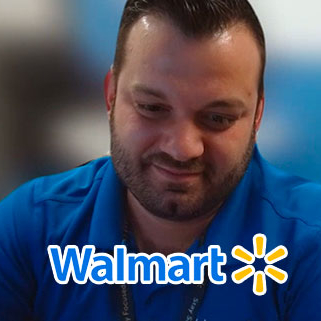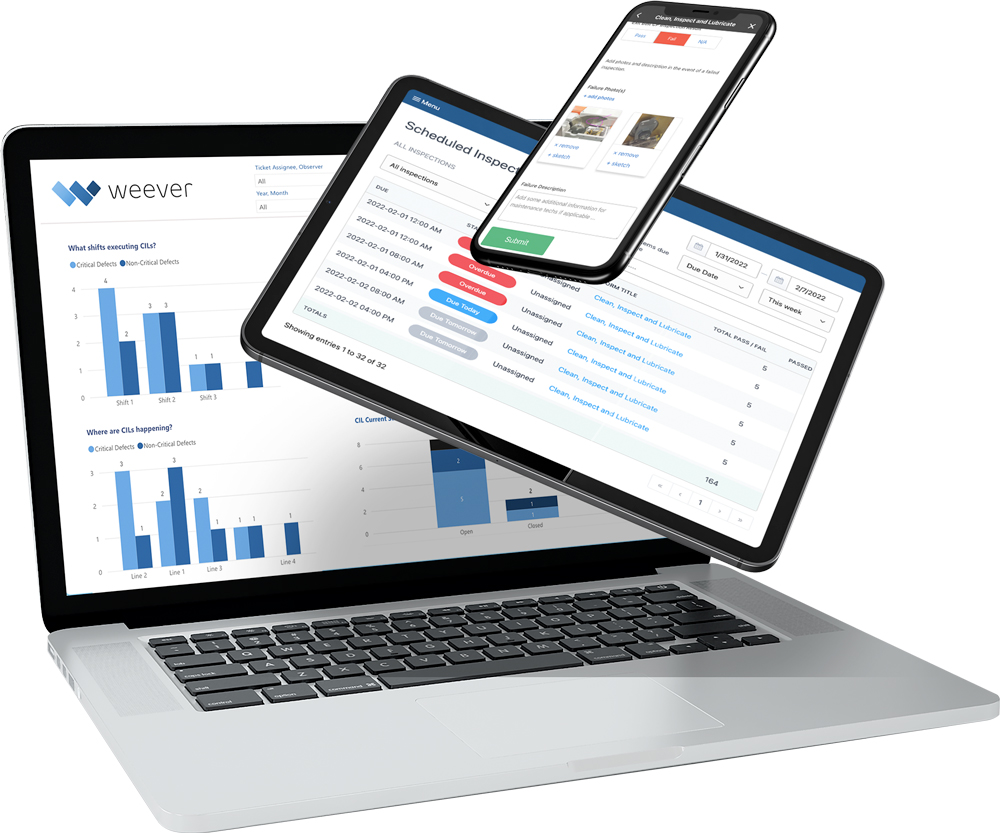Boos Your Manufacturing Safety with Proactive Measures
Andy Pritchard | December 18, 2023 | 5 min read

Is your safety program more like a superhero saving the day before danger strikes or a Sherlock Holmes who pieces everything together and figures out “whodunit”? Assessing the nature of your health and safety management—whether it's predominantly proactive measures or reactive measures—bears significant weight on your safety culture and financial outcomes. Understanding the nuances between these approaches is pivotal. Shall you exclusively adopt one over the other or strike a balance between the two?
Let's delve deeper.
Introduction to Proactive Measures
Proactive measures in health and safety management involve a forward-thinking approach that anticipates and addresses potential hazards before they become a problem. This contrasts with reactive methods, which wait for issues to arise before taking action. Just as in facilities and building management, where prevention is often better than cure, health and safety can greatly benefit from a proactive strategy.
Proactive safety measures are about more than just preventing accidents. They're about creating a culture of safety where risks are identified and addressed promptly and where everyone is engaged in maintaining a safe environment. It involves regular risk assessments, training, and fostering open communication about safety concerns.
What Are the Benefits of Proactive Health and Safety Management
Adopting a proactive approach to health and safety has numerous benefits, including:
- Preventing accidents: The most obvious benefit is the prevention of workplace accidents, injuries, and illnesses by identifying and mitigating risks early.
- Cost savings: Preventing accidents can save companies significant costs associated with workers' compensation, medical expenses, and lost productivity.
- Compliance with laws and regulations: Proactive safety measures help ensure that your company is in compliance with all relevant health and safety regulations, avoiding fines and legal issues.
- Improved employee morale: A safe workplace leads to happier, more satisfied employees, which can boost productivity and reduce turnover.
- Enhanced reputation: Companies that prioritize safety are likely to have a better reputation among customers, potential employees, and the wider community.
Proactive Measures: Anticipating and Preventing
Proactive safety management is a strategic endeavor focused on averting incidents or accidents before their occurrence. This approach involves a range of measures:
- Safety Inspections and Audits
- Continuous performance monitoring
- Behavioral analysis
- Procedure reviews
- Safety sampling
- Training and Skills Development
These proactive measures aim to identify areas for improvement, ensuring tasks and activities are conducted with heightened safety.
While initially, proactive safety measures might seem resource-intensive, they circumvent emergencies, injuries, and regulatory inspections, contributing to the cultivation of a robust safety culture and more predictable budgeting.
Interested in learning more about Weever's Proactive Safety Solution?
Reactive Measures: Addressing Incidents
Contrarily, reactive safety management revolves around responding to incidents or accidents after they transpire. This approach involves:
- Reporting accidents
- Conducting investigations
- Reviewing illnesses or health issues
- Identifying trends post-incidents
This reactive strategy, while necessary when immediate action is required, often incurs greater costs and resource utilization due to the urgency and unplanned nature of incidents.
The Optimal Strategy: Proactive Triumphs
The clear preference leans toward proactive safety management for several reasons.
It is generally more cost-effective in the long run and significantly reduces the likelihood of incidents. Even the prevention of one major incident could save your organization between $100K - $250K or more in direct and indirect costs. In a recent study on safety ROI in Ontario, Canada, The institute for Work & Health determined incidents include an average direct cost of between $39k - $78k and indirect costs of $78k - $156k.
Furthermore, proactive safety grants organizations the autonomy to schedule safety-related activities on their terms, mitigating the disruptive aftermath of accidents. Similar to preventive maintenance strategies, proactive safety is a systematic way to ensure safety “breakdowns” do not occur through the efficient “maintenance” of safety programs.
Proactive safety programs are proven to reduce workplace injuries, increase productivity, reduce insurance and compliance costs, and have a positive impact on the organization’s reputation and the ability to retain staff.
Balancing Act: Integrating Both Approaches
While proactive management takes precedence, reactive measures still hold relevance, serving as an essential safety net for unexpected contingencies. Integrating both, however, requires proactive planning even within reactive systems to minimize reliance on the latter.
Embracing Proactivity
Initiating a proactive safety culture involves meticulous risk assessments and establishing comprehensive policies and procedures. This commitment lays the groundwork for sustained safety excellence and operational resilience.
Ultimately, proactive safety management isn't merely a legal obligation but a strategic imperative. Investment in proactive measures not only averts dire consequences but also fortifies an organization's foundation for enduring success.
Let's Take the Next Step Together
It's important to remember that maintaining a safe and secure work environment is not just about reacting to incidents as they happen. It's about being proactive and preventing these incidents from occurring in the first place. With Proactive Safety Software by Weever Apps, you can effectively manage safety procedures, track compliance, and drive continuous improvement in your organization. This innovative tool is designed to help you identify potential risks, implement corrective actions, and foster a culture of safety.
Don’t wait for an incident to happen when you can prevent it. Reach out to us, and let's strengthen your safety protocols together.
Download the Ultimate Guide
Everything you need to know about how implement a proactive safety program and the best practices gleaned from our 10+ years of experience helping organizations achieve success.
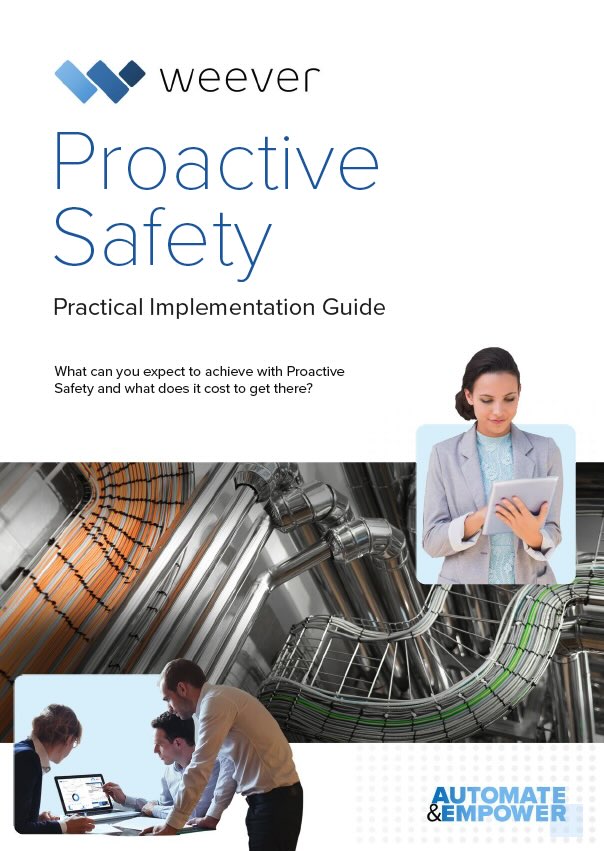
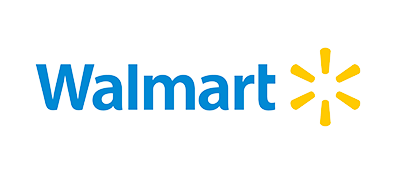
"It's easy to anticipate safety issues with Weever."
“In a warehouse setting it's very easy to fall into the trap of being reactive. With Weever we are 60-70% proactive. That's huge!"
Kody Crossen | Operations Manager of EHS, Walmart DC6080
“Having cloud-based forms on devices around the facility makes them so much more accessible, which makes it painless for operators to quickly provide a report.”
Johanna Velez, VP Quality Assurance

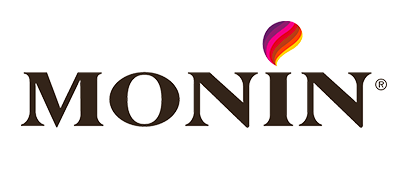
"Weever is really user friendly and will have a massive positive impact on our operations and training team."
Mel Cadle - Op Ex Lead Process Engineer

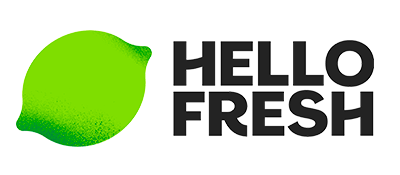
“It’s shifted our safety culture because now we are much more focused on what we should be looking at.”
Kody Crossen, Operations Manager of EHS


